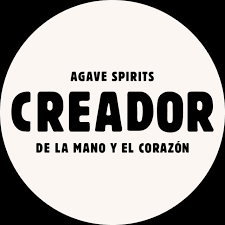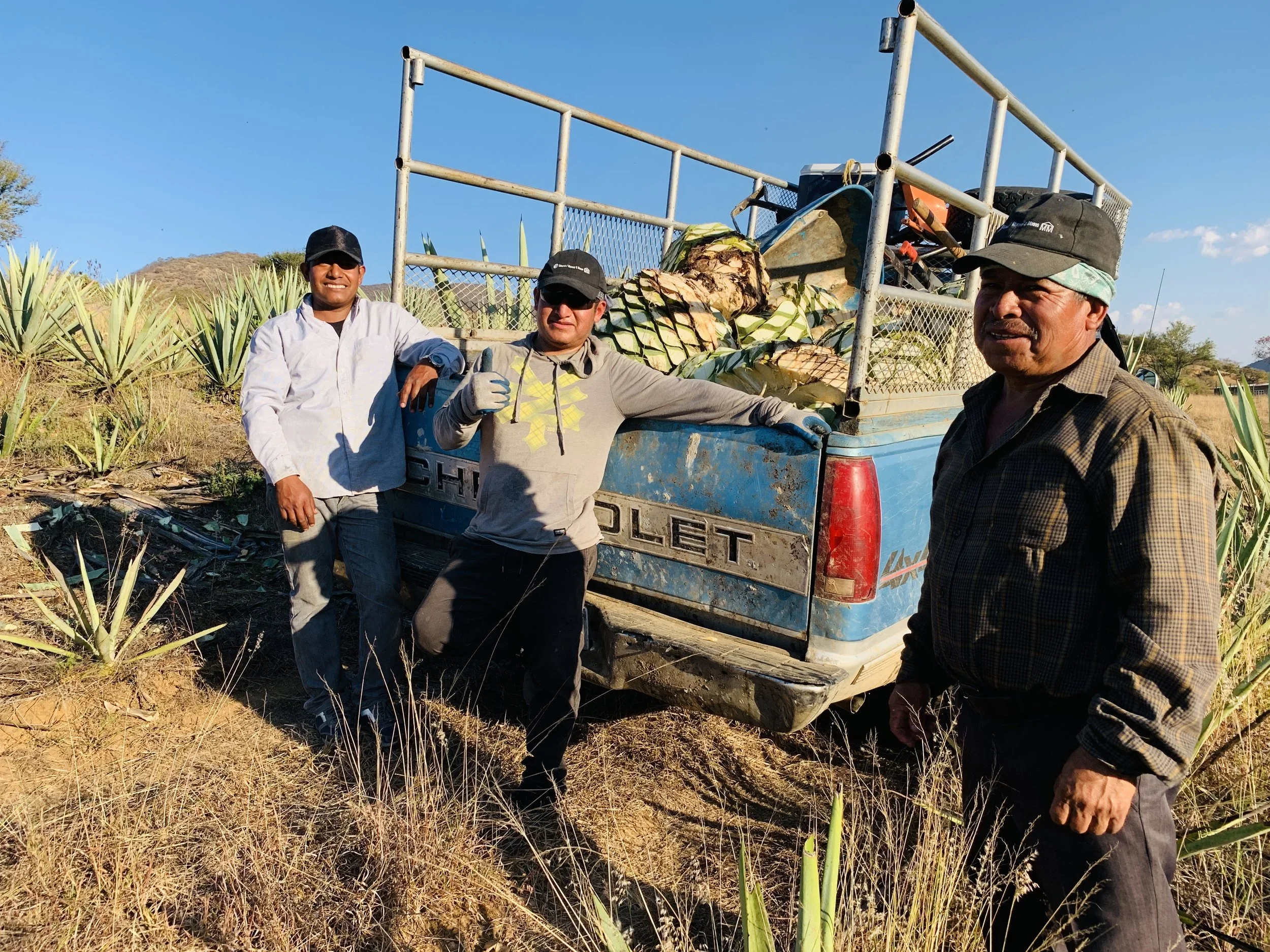Creador Agave Spirits
ABOUT:
Creador is a small and passionate brand committed to the work of the palenqueros.
Humility and respect, collaboration and craft, and transparency are our principles.
Creador Agave Spirits seeks out independent family producers who have little to no representation outside of their local markets (which is often solely the village or surrounding villages where they live), producers who want to make a transition to full-time production of destilado and need help getting their agave spirits to market.
Creador strives to support palenqueros and their communities by offering autonomy and fair pricing to producers. Creador does not ask for contracts nor negotiate down price - what the palenqueros ask, Creador pays, and will advise if the spirits are underpriced. Creador shares revenue with the producers, and are transparent in regards to the complex economics of selling spirits into the tiered alcohol-distribution systems prevalent in the industry.
By sharing the stories of the palenqueros and their families Creador Agave Spirits seeks to provide a deeper connection between the creators and their customers. We do this through storytelling, creative collaborations, open conversations, and through reinforcing the importance of preserving tradition while guiding consumers to informed buying decisions, and of course also guiding them to delicious destilado de agave.
Salud!
WEBSITE:
https://www.creadorspirits.com/
MEZCALS OFFERED:
Creador Spirits curates exceptional, small-batch destilado de 100% agave, sourced directly and unaltered from independent maestro palenqueros in Mexico. Their rotating releases highlight the unique craftsmanship and terroir, frequently featuring rare and wild agave varietals like Tobalá, Coyote, and Jabalí. Many spirits are ancestrally made using clay pot distillation, ensuring deep complexity and fidelity to tradition. Creador ultimately celebrates the artisan producers, bringing their unique spirits and stories to the world.
Ensamble Con Cacao: For his ensembles, José Alberto pairs two agaves and uses a 50/50 mix to highlight the characteristics of each one. The agaves are harvested and then cooked together in el horno for 3-5 days. They are milled together by hand, and also fermented and then distilled together, making them a blend from the start of the process until the finish.
Mexicano Capon: Capón is the act of cutting the quiote when it is jutting skyward from the center of the agave. This takes tremendous energy, which is in fact, sugar. With the quiote cut and nowhere for that energy to be expended, the sugar stays in the plant and transforms until the agave is harvested. The result - destilado with distinct and delicious characteristics.
Coyote: This agave americana, the agave used to make coyote (koi-YO-te), was cultivated and harvested in nearby Sola de Vega, Oaxaca, and took 12-14 years to reach maturity. Large, with long pencas, agave americana has many varieties and is also known as castilla, blanca, cenizo, and others, however in this region it is known colloquially as “coyote”. This is José Alberto’s first batch of Coyote.
Tobala: This agave potatorum, the agave used to make tobalá (toe-buh-LAH), was harvested in the wild at Santa Ana Tlapacoyan, near San Bernardo Mixtepec, Oaxaca, and took 12-14 years to reach maturity.
Tepextate - Mexicano Ensamble: For his ensembles, José Alberto pairs two agaves and uses a 50/50 mix to highlight the characteristics of each one. The agaves are harvested and then cooked together in el horno for 3-5 days. They are milled together by hand, and also fermented and then distilled together, making them a blend from the start of the process until the finish.
Jabali: Agave convallis, the agave is used to make jabalí ( hah-bah-LEE) is challenging to work. When José Alberto learned of the difficulty to work jabalí, he wanted to take on the challenge, and his first batches are certainly worth it.
Lumbre: Cultivated in San Bernardo Mixtepec in the Zimatlán region of Oaxaca, agave lumbre ( LOOM-bray) is endemic to the region and predates the introduction of espadín. At an elevation of approximately 1651 meters, high in the hills above the pueblo, agave lumbre takes 8-10 years to reach maturity.
Mexicano: In José Alberto’s home pueblo of San Bernardo Mixtepec and surrounding areas agave rhodacantha, as well as several variations of rhodacantha, grows wild and is also cultivated. Low and broad, with thinner pencas than the angustifolia, mexicano (pronounced MEH-he-kah-no) takes 10-12 years to reach maturity at an elevation of approximately 1651 meters. Cultivated and harvested in nearby Zimatlán de Alvarez, this mexicano is peppery with a dry and refined finish.
Espadin Capon: Capón is the act of cutting the quiote when it is jutting skyward from the center of the agave. This takes tremendous energy, which is in fact, sugar. With the quiote cut and nowhere for that energy to be expended, the sugar stays in the plant and transforms until the agave is harvested. The result - destilado with distinct and delicious characteristics. This is José Alberto’s first ever batch of espadín capón.


